High-End Chefs Are Taking Weed Way Beyond Edibles
As laws surrounding marijuana use relax across the country, fine dining connoisseurs are highlighting the pleasures of pot for your palate.
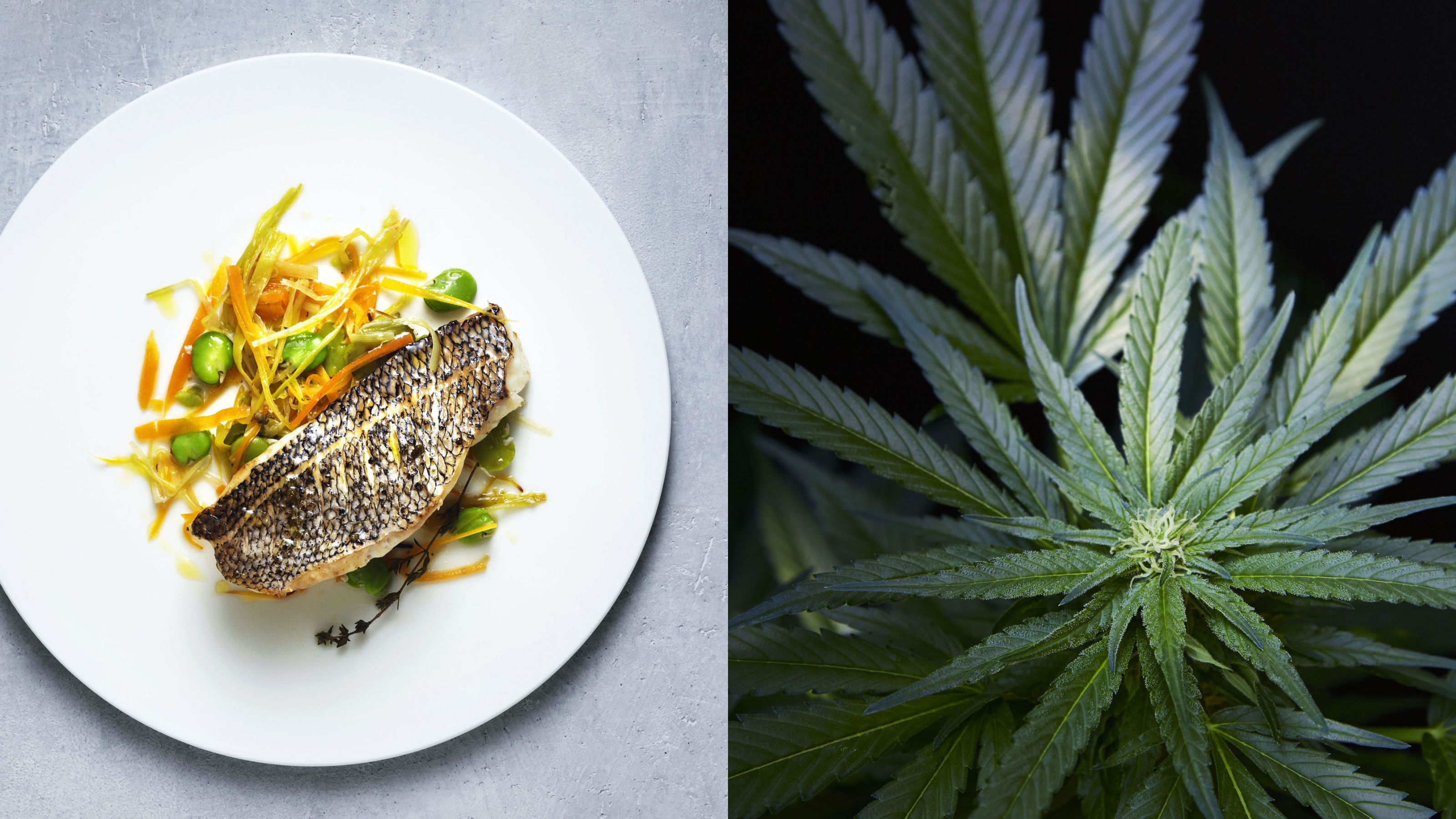
It started with an amuse-bouche of quail eggs with caviar and lemon gelée, followed by truffle risotto with forest mushrooms, game hen with barley and tomato, Japanese Wagyu beef and parsnip—on and on until the 11-course meal ended with a dessert of molecular peanut butter powder and a berry-flavored, jelly-filled bubble meant to combine in your mouth. This wasn't a tasting menu at a gastronomic temple collecting Michelin stars or topping World's 50 Best Restaurants lists, but a private dinner in a Santa Barbara, California, hotel suite complete with a kitchen. Oh, and all of the dishes on the menu were infused with a common ingredient: marijuana.
"I wanted to do something special for my fiancé, John, and our third anniversary," explains Danielle Elizabeth, 25, an office manager at a Las Vegas real estate company, who hired a private chef to prepare the $1,000 meal. "We kept staring at each other to see who would get high first, which was me after the cheese platter and appetizers. My face got warm, and I felt it hit behind my eyes. John got it before the next course. Then we couldn't stop laughing. The next morning, before we went to Disneyland, I ate the leftover risotto, which made the rides so much better."
Food is better high. It enhances your taste buds. Everything explodes. It's like an orgasm in your mouth.
Weed-infused food is being served—and consumed—by women anywhere from a rooftop garden at a Hollywood boutique hotel, to an underground supper club in New York, to private multicourse dinners curated by culinary purveyors. These women aren't potheads looking for a quick high, but professionals who want a unique, upscale, communal experience. Since 29 states have legalized marijuana for medicinal or recreational use in the past few years, casual users have morphed into sophisticated connoisseurs interested in understanding the plant's complexities. Legal cannabis sales in the U.S. jumped 17 percent to $5.4 billion in 2015, according to Arcview Market Research, and are projected to grow to $21.8 billion by 2020. As the cannabis industry (and its user base) has grown and matured, it was only a matter of time before serious chefs started infusing cannabis—there are more than 2,500 strains, each with its own flavor and character profile—into gourmet concoctions. There's even a show devoted to the trend, Vice's Bong Appétit. Just as coffee has become a near-cultish epicurean pursuit (with prices approaching $20 a cup in some NYC and San Francisco spots), artisanal marijuana is now a thing.
"Food is better high. Your senses are heightened; you're more in tune with yourself. It enhances your taste buds. Soup tastes more velvety. Desserts are sweeter and richer. Everything explodes. It's like an orgasm in your mouth," says Olivia Alexander, 28, cofounder of an L.A. creative agency, who has attended more than 10 cannabis dinners. "All of this happens as you reach peak relaxation."
Perhaps that's not a revelation to anyone who's ever had the munchies, but female chefs are refining the concept of combining food and weed and putting the high in high-end—think pots de crème instead of pot brownies. Just as they would source seafood or caviar, they meticulously scout the best strains of cannabis to use as ingredients, from suppliers who consider water pH levels, fertilizer, temperature, etc., in cultivating the plants.
Andrea Drummer, 45, was a drug counselor for the Urban League and Planned Parenthood for four years, so getting stoned wasn't a consideration until she became a chef in 2011. "A friend who grows weed challenged me to make cannabis-infused butter," she says. "I made it from scratch. It smelled amazing. I used it to make bruschetta but hadn't mastered the understanding of dosage. I had seven pieces and got really high—and creative. Two friends eating the bread became my business partners. A year later, I started serving cannabis-infused dinners professionally." Now the co-owner and director of Elevation VIP Cooperative, a medical-marijuana dispensary/culinary events company in L.A., she prepares monthly, invite-only themed meals for 10 to 20 guests. Depending on the number of courses, a three- to four-hour dinner ranges from $180 to $500 per person; there is a four-month waiting list. (Event details are spread by word of mouth, and guests need to be referred, invited, or brought by someone who has previously attended.)
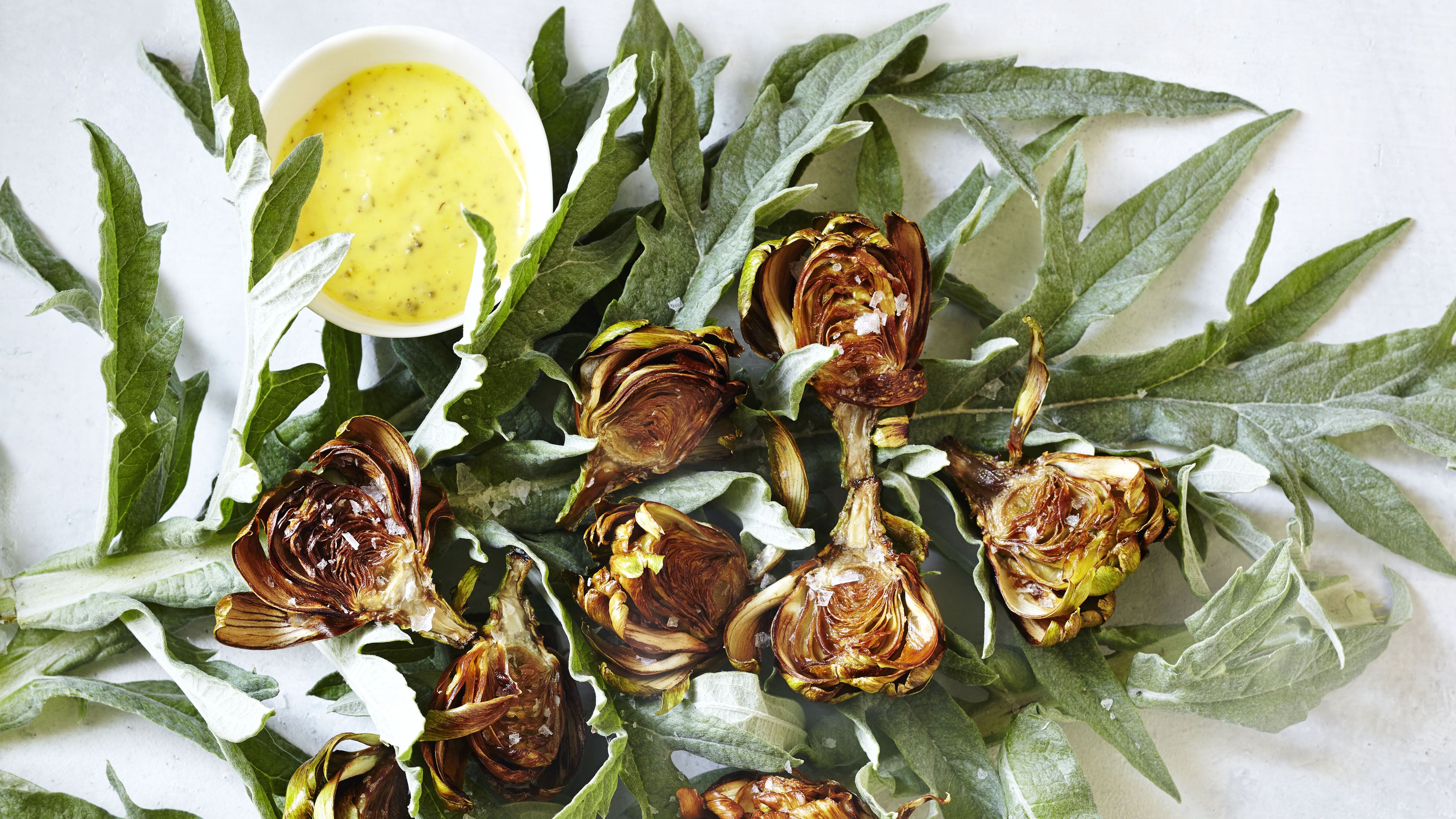
Fried baby artichokes, dressed with an aioli made with the RSZ Blueberry strain of weed.
Women must join a four-month wait list to attend Jessica Eriksen's invite-only, 1-year-old White Rabbit High Tea at Petit Ermitage, a boutique hotel in Hollywood. At the monthly event, guests pay $65 each to drink tea and eat marijuana-infused desserts like medi-roons (medicated macaroons) and ice cream from Fully Baked, a company specializing in cannabis frozen treats. "People want to be part of something trendy, cultural, and magical, where they can feel empowered and accepted," explains Eriksen, 33, who first started working in the industry as a medical-marijuana grower in Oregon when she was 21. "At the first one we put together, we served cannabis-infused cheesecakes, apple pies, and scones. They were way too big, and after the tea party, three couples went to Vegas. [Now] if guests are too high, they Uber home, hang out on the roof deck, or book a room and sleep over."
Stay In The Know
Get exclusive access to fashion and beauty trends, hot-off-the-press celebrity news, and more.
The legalities of such events are somewhat hazy. Each state is governed by a different set of rules and regulations on marijuana use. For example, the passing of Proposition 64 (Adult Use of Marijuana Act, or AUMA) in California last November permits anyone over the age of 21 to share an ounce or less of pot with anyone else over 21. There are also laws stipulating where you can indulge. In Colorado, you can smoke or ingest at, say, home or a private event, but not in public, like in a hotel lobby or park. Marijuana isn't sold at these events (Eriksen's White Rabbit High Tea also serves non-cannabis food and drinks). Rather, guests are paying for an experience—food, fun, de-stressing, bonding. Women say they become more social and confident when breaking bread buzzed. Sometimes there's art-making or dancing or dressing up in costume.
"Living in L.A.'s art scene requires socializing and networking," says singer/songwriter B. Stewart, 24, who has also been to 10 pot dinners. "A friend told me about this secret party he went to after the Grammys. The fact that he affiliated cannabis with a glamorous experience was mind-blowing. But these dinners opened up a whole new world for me and made me feel like I was in the center of artists and forward-thinking people. Everything is curated so well. It was a controlled high instead of just smoking a joint. The people serving you pay attention to how much weed you've had; they educate you and tell you what strains you're eating and their effects. I felt empowered, not irresponsible, knowing what I'm partaking of. These experiences bring your guard down, and you see people for who they are. Guests become your family."
Once, one woman was eating off of everyone's plates and got so high she thought Jesus was coming. That's clearly too high.
You don't have to be a guest to enjoy the party. Alexander, the creative-agency cofounder, hosted a friend's birthday dinner for 15 last year, hiring a chef to prepare eight courses for which she chose the strains being used. "Strain dictates the effect. You're controlling the mood of the party. If you pull out a bottle of Patrón, it sets a tone. If you pull out a good red wine, it sets a different one. With a dinner party, we want people to find that great high where you're a bit cerebral but relaxed," she explains. "We served Jack Herer, a strain with upper effects that make you more talkative and chatty. If you serve cannabis indica, which produces a heavy, couch-log effect, guests will be sleeping by the third course. I also got to play mixologist. My fiancé loves Mezcal Mules, so we replaced the alcohol with syringes filled with liquid blends of CBD [cannabidiol, a compound in cannabis with medicinal properties] and THC [tetrahydrocannabinol] to squirt in your drink. What I loved most is that I provided an experience beyond the food that people are still talking about a year later. Everyone wants to know when I'm doing the next one." (The party cost her $3,500 and included a joint-pairing and edible favors.)
Creating a visually and gastronomically satisfying meal is art. Measuring and monitoring the amount of cannabis infused into each dish is somewhat of a science. Because individual tolerance differs, chefs pay close attention to how many milligrams they use in preparing dishes. If guests want to get higher, cannabis-infused oils, butters, sauces, garnishes, or sugars are served at the table, so people with a greater tolerance can pace themselves and control their level. The effects cannabis has on your brain, whether you ingest or inhale, are virtually the same; it's the delivery system paired with a timed-release element that's different.
"With inhalation, smoke enters your lungs, goes to your bloodstream like oxygen, and then goes to your brain. The effects come on quicker and wear off faster," explains Dr. Dave Nguyen of PrestoDoctor in San Francisco, which specializes in medical-marijuana treatment. "When you ingest it, there's a prolonged effect as the active metabolite of THC goes through your gut and is then metabolized by your liver. Sometimes it takes an hour for your body to absorb and respond. Personal chemistry, liver enzymes, and genetics play a part as well."
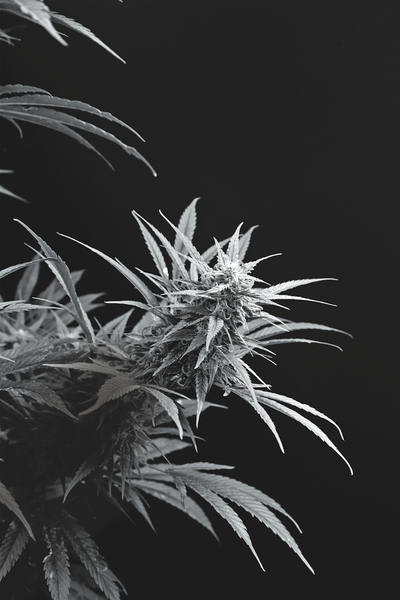
When choosing ingredients, chefs consider the effects of the more than 2,500 different strains of marijuana currently available in the U.S.
Potency is a real concern. The New York Times' Maureen Dowd, a novice user, wrote a 2014 column about suffering hallucinations and paranoia all night after eating too much of a marijuana-laced candy bar. She cited examples of people who had taken too-high dosages of cannabis edibles, whose behavior ended with tragic, fatal results. And doctors outside of medical-marijuana professionals simply don't know enough about the drug to be able to provide guidance. "When you're ingesting a drug, there's always a risk and possible consequences. The magnitude of those risks depends on the individual," says Ryan Vandrey, Ph.D., an expert in the behavioral pharmacology of cannabis and an associate professor at Johns Hopkins University School of Medicine. "You can go past a happy threshold, where it can quickly turn unpleasant." Side effects can include nausea, vomiting, anxiety, or panic attacks. "There can also be cardiovascular effects, since cannabis can increase one's heart rate, which can have potentially adverse effects for people with a heart condition. Those with a history, or family history, of psychosis are also at risk, which a lot of people don't consider, [but this risk] is very real."
When determining dosages, chefs consult with weed growers with extensive experience or with chemists to understand the molecule better. A single, standard dose for edibles (like Dowd's candy bar and other cannabis-infused products) in Colorado and California is 10 milligrams, considered entry-level. In contrast, these higher-dosage dinners, which are monitored by chefs and servers, are consumed over the course of several hours.
"My dinners mostly range from 30 to 80 milligrams for the entire meal," says Drummer, the chef. "Since starting the business and becoming a purveyor, I've mastered THC levels and what's a good amount for someone to ingest. Still, you have to watch everyone carefully. Once, one woman was eating off of everyone's plates and got so high she thought Jesus was coming. That's clearly too high."
That food has been, well, elevated in this way marks a cultural shift, says White Rabbit High Tea's Eriksen. "[Legalized marijuana use] is like my generation's Prohibition that's finally lifted," she says. "We've been doing it so long in the shadows. It's like coming out of the joint-smoking closet. People want to be part of this. There's been something holding me back about admitting it was part of my life. Now I don't feel that."
The stoner connotations have been lifted, too. "Women are seeking something more internal and experiential," says Stewart, the singer/ songwriter. "These dinners are deeper than just recreational use. It creates deep community and a sense of calm. Once people cross the threshold, it's a lifestyle."
This article appears in the May 2017 issue of Marie Claire, on newsstands now.
-
 Prince George Looks Just Like a Young Prince William During Fun Night Out with His Dad and Billionaire Godfather
Prince George Looks Just Like a Young Prince William During Fun Night Out with His Dad and Billionaire GodfatherThe 11-year-old joined his father and the Duke of Westminster for an exciting football match in Birmingham.
By Kristin Contino
-
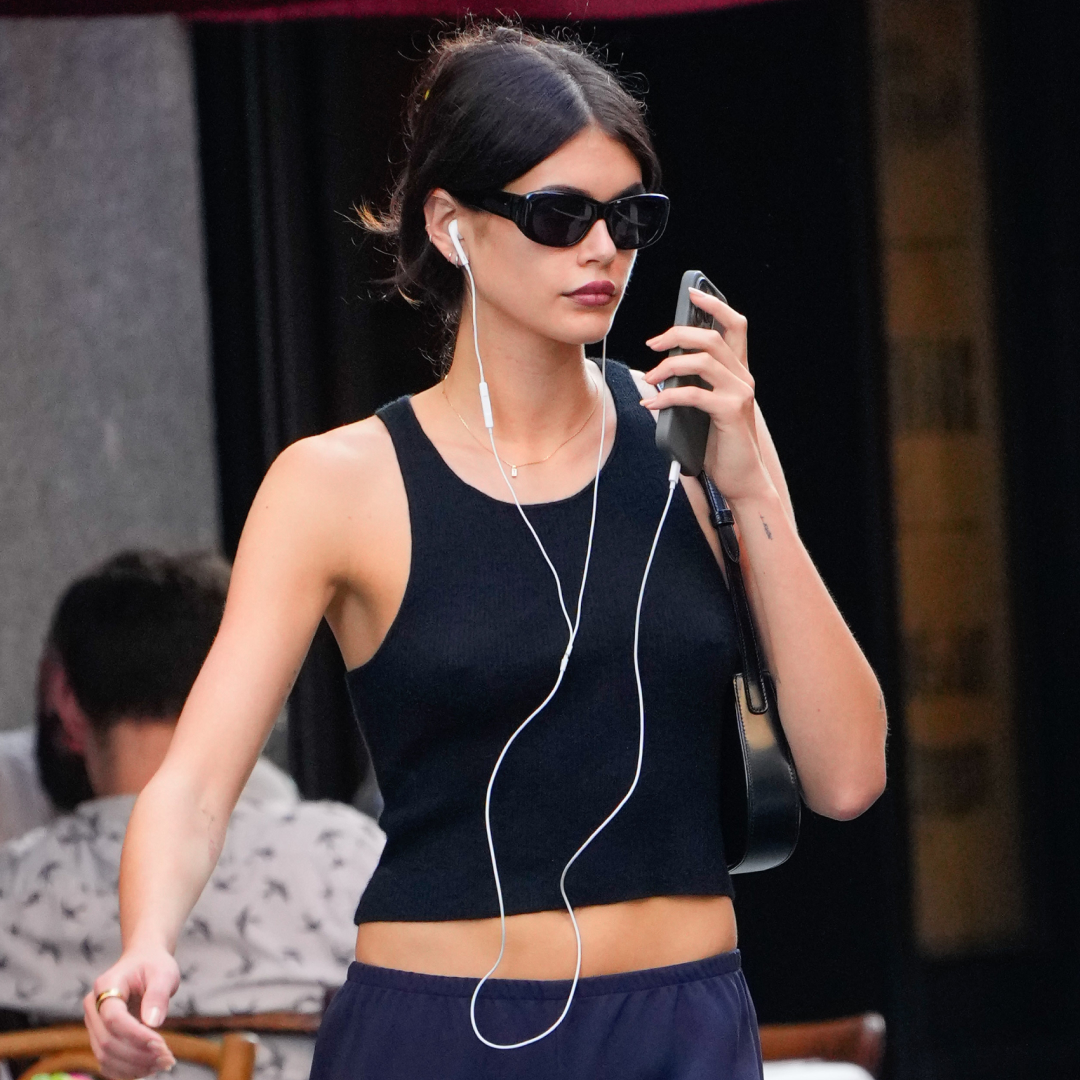 All the Fashion Girlies Are Trading High Heels for These $110 Ugg Slippers
All the Fashion Girlies Are Trading High Heels for These $110 Ugg SlippersThey're the key to red carpet recovery.
By Kelsey Stiegman
-
 10 Vacation Destinations Inspired by Beloved TV Shows
10 Vacation Destinations Inspired by Beloved TV ShowsWhether you're ready to experience life like the lords and ladies of 'Downton Abbey' or you're craving an 'Emily in Paris'-style adventure.
By Amy Mackelden
-
 Meet the Woman Blending the Traditional and the Modern in French Winemaking
Meet the Woman Blending the Traditional and the Modern in French WinemakingHow Florence Haynes combined the traditional and the contemporary for Gratien & Meyer Crémant de Loire.
By Sponsored
-
 The Royal Family Shared the Recipe for the Queen's Favorite Boozy Christmas Pudding
The Royal Family Shared the Recipe for the Queen's Favorite Boozy Christmas PuddingThe Royal Family Twitter account shared the royal chef's recipe for the Queen's favorite boozy Christmas pudding.
By Kayleigh Roberts
-
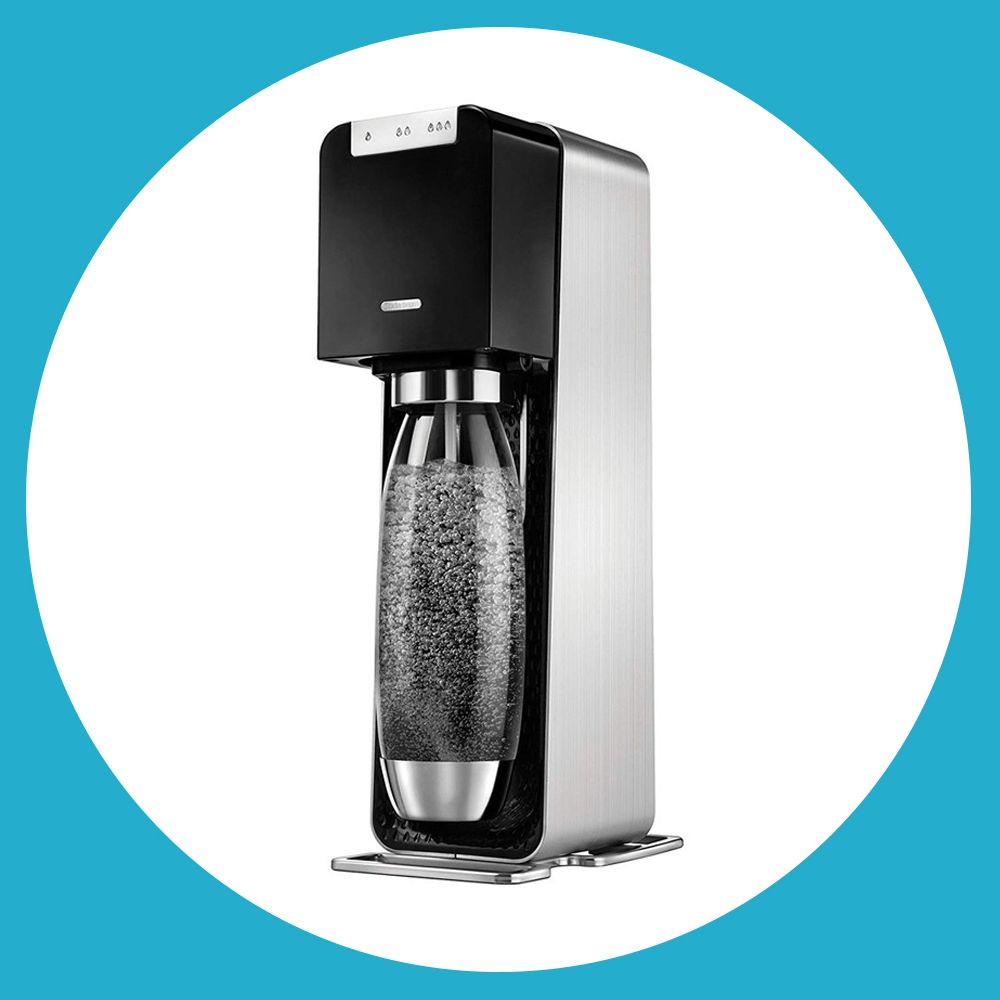 5 Best Soda Streams for Convenient Carbonation
5 Best Soda Streams for Convenient CarbonationBuying Guide Upgrade your sparkling water game with a Soda Stream carbonator that'll fizz up drinks in a flash.
By Zarah A. Kavarana
-
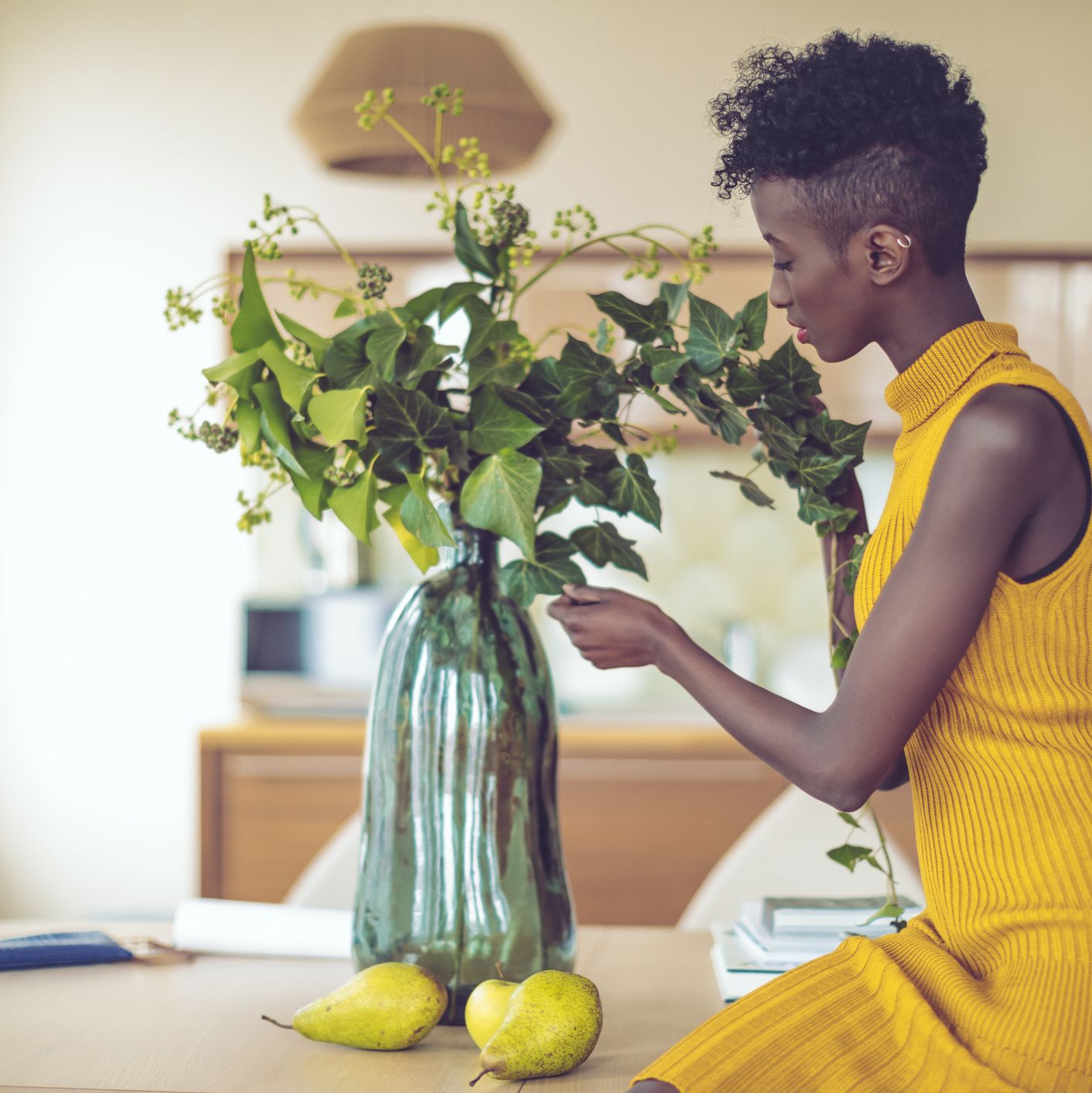 3 Pro Tips for Putting Together the Best Bouquets
3 Pro Tips for Putting Together the Best BouquetsHow To Essential advice for everyday enthusiasts and budding florists alike.
By Marie Claire
-
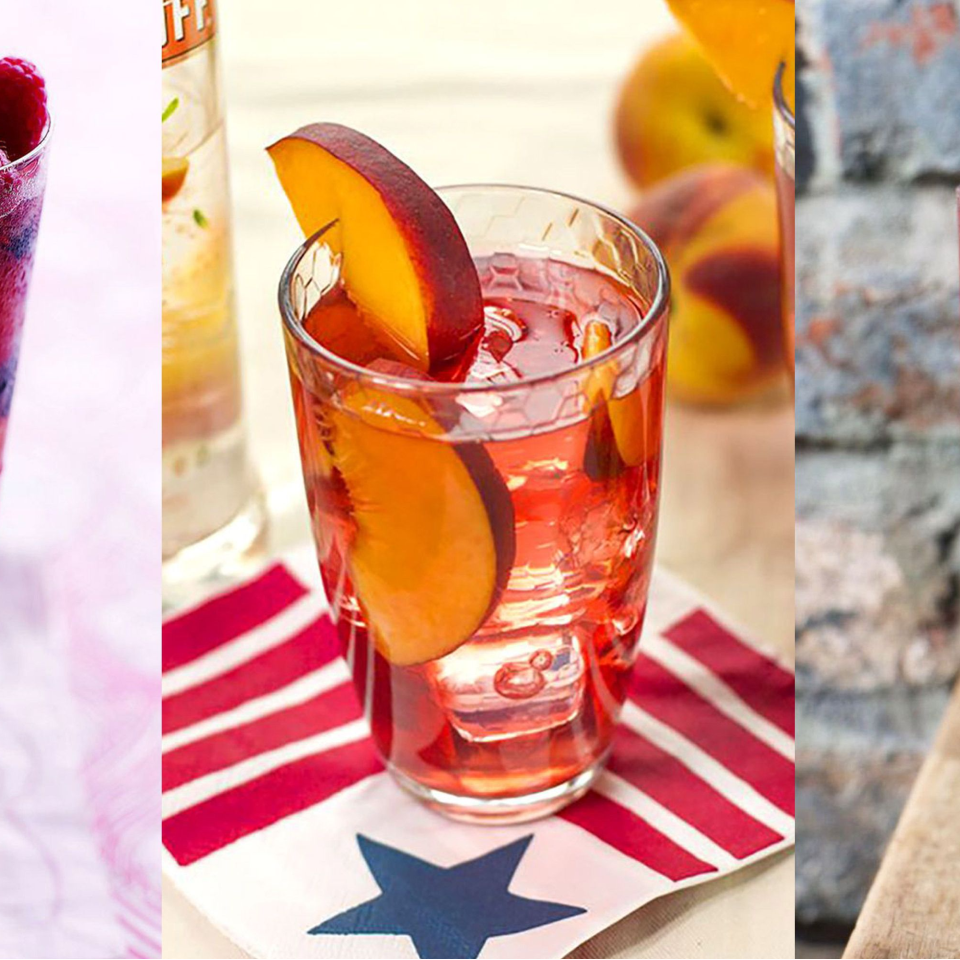 39 Super Easy Fourth of July Cocktails to Try
39 Super Easy Fourth of July Cocktails to TryForget the fireworks. The real show is what you can make with your bar cart.
By Bianca Rodriguez
-
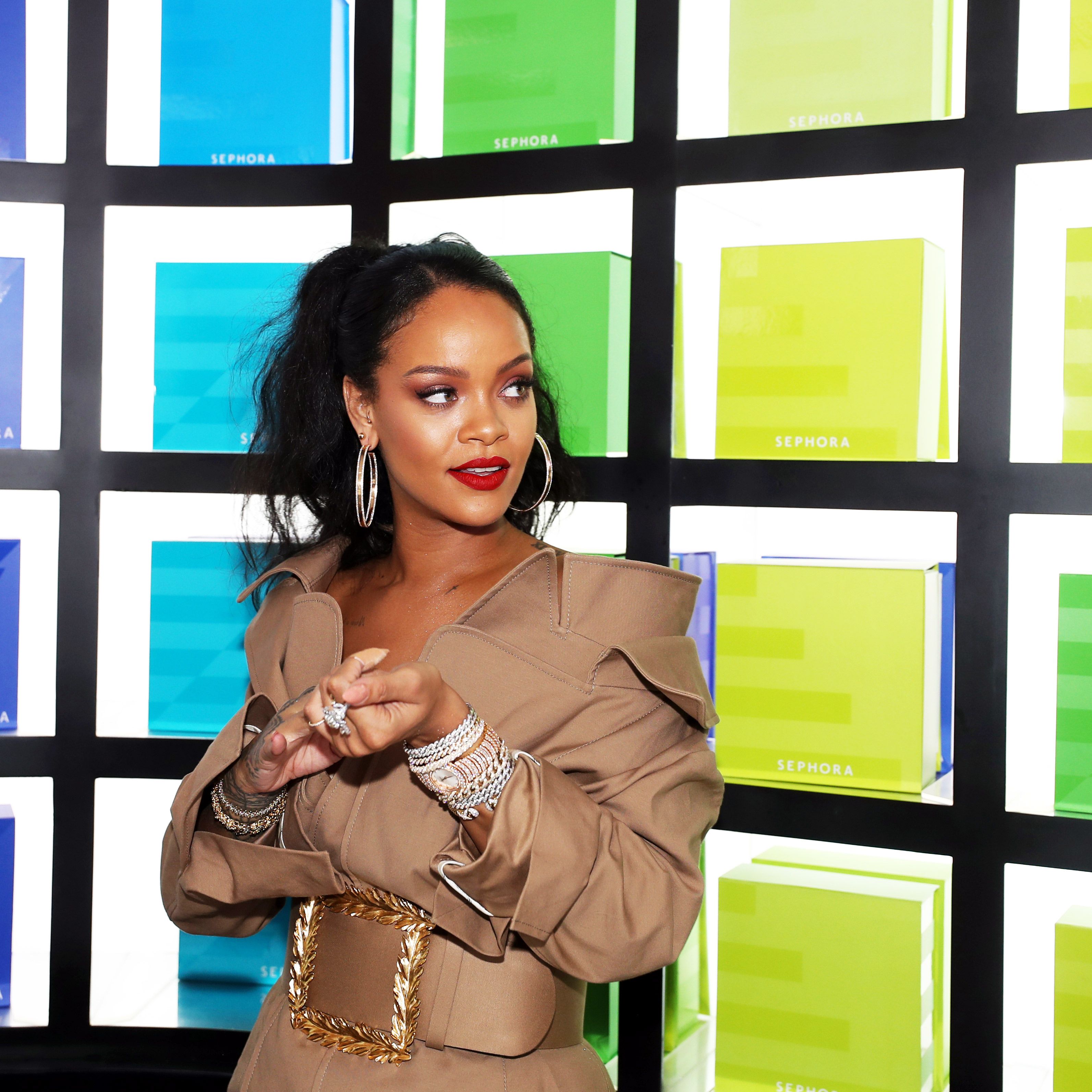 15 Percent Pledge Calls On Stores to Dedicate Shelf Space to Black-Owned Businesses
15 Percent Pledge Calls On Stores to Dedicate Shelf Space to Black-Owned Businesses"We must do better. So, we’re starting now."
By Kristin Salaky
-
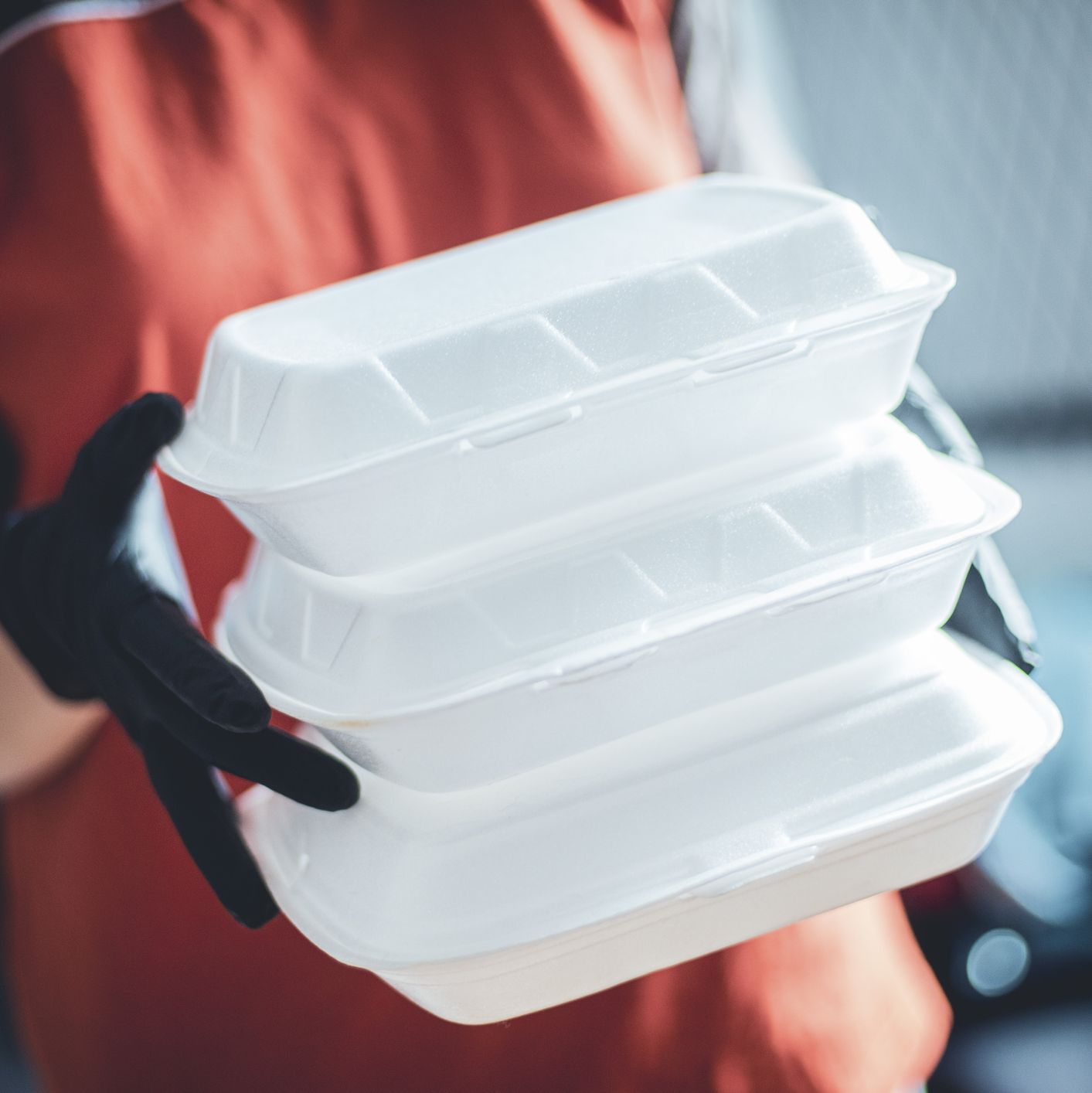 The Power of 10 Restaurant Relief Effort Joins With Capital One
The Power of 10 Restaurant Relief Effort Joins With Capital OneThe collaboration has served 20,000 meals to frontline workers so far.
By Bianca Rodriguez
-
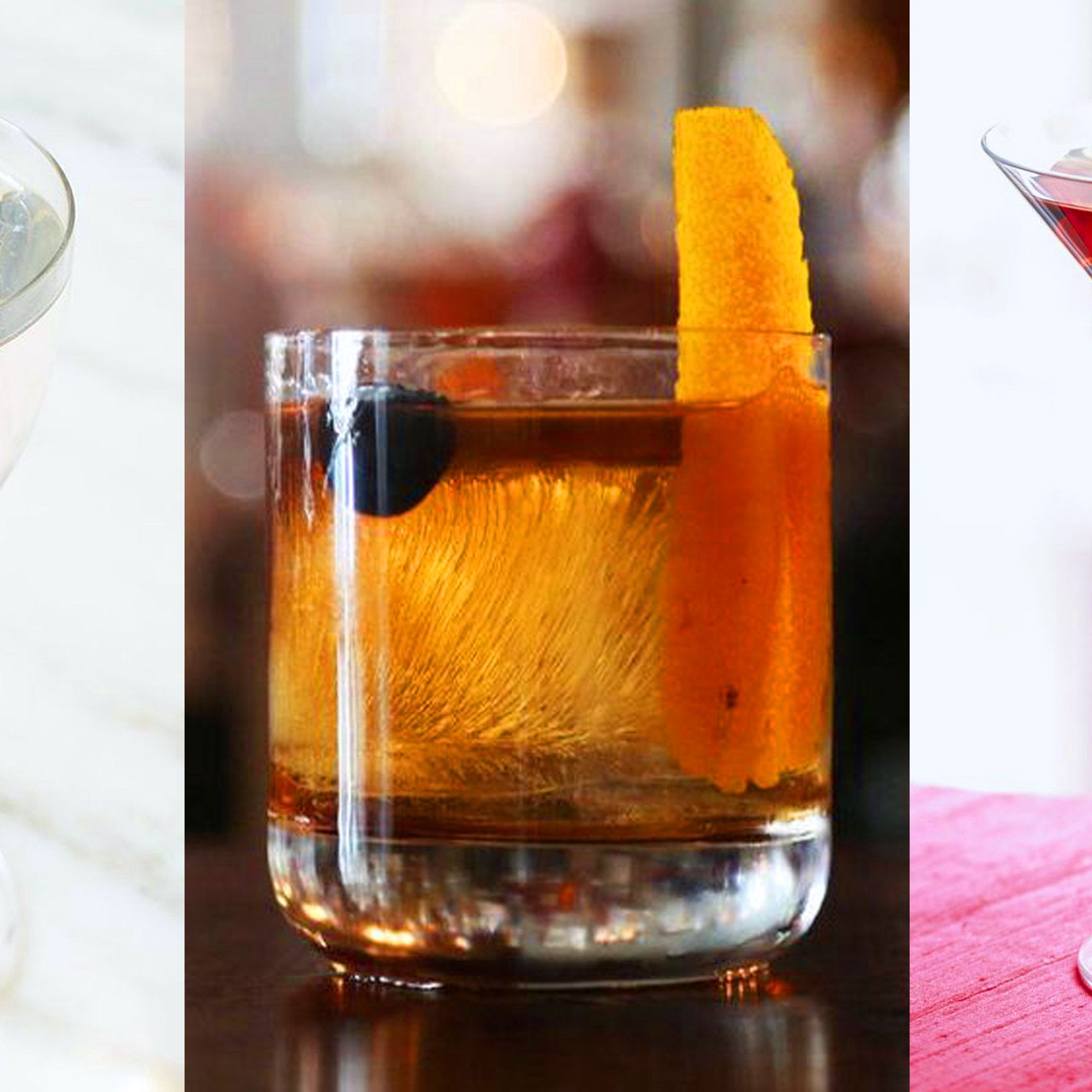 10 Vermouth Cocktail Recipes Anyone Can Make
10 Vermouth Cocktail Recipes Anyone Can MakeEasy, delicious, classy. Done and done.
By Taylore Glynn